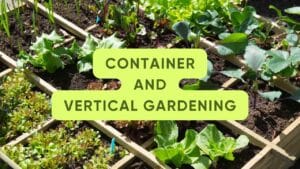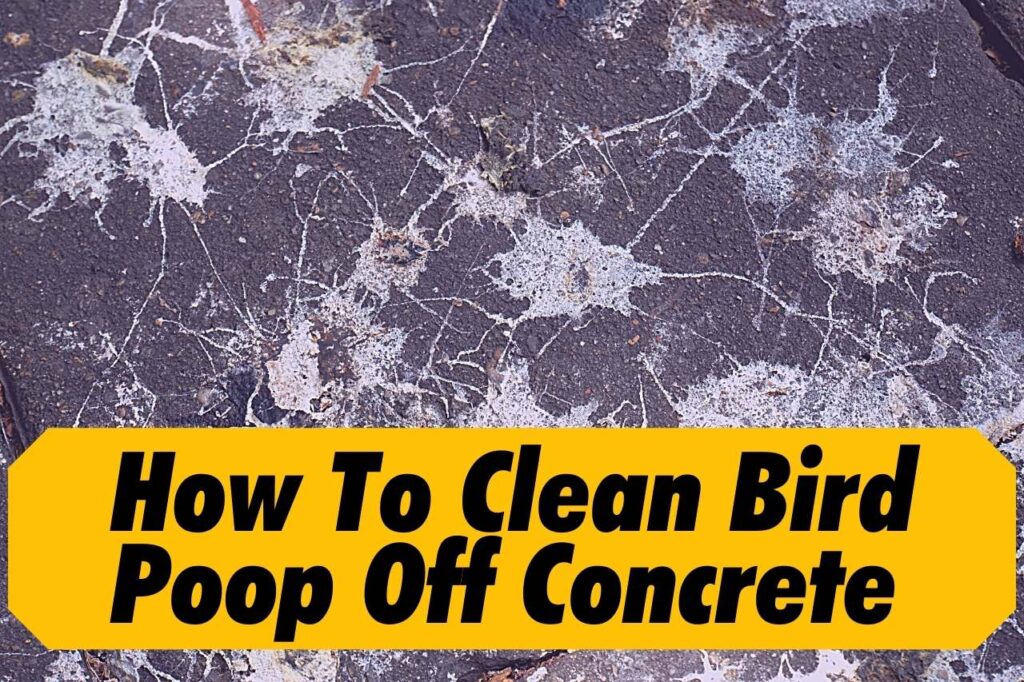The Organic Way
Hello, garden enthusiasts and earth lovers! Are you ready to explore the enchanting world of organic gardening? It’s more than a fleeting trend; it’s a heartfelt commitment to our health and beautiful planet. Imagine your hands in the soil, the scent of fresh herbs in the air, and the pride of growing your own food. This journey we’re about to embark on is a delightful blend of ancient wisdom and modern insights, perfect for those who wish to reconnect with nature most authentically. Let’s roll up our sleeves and dig into the joys of organic gardening, where every seed planted is a step towards a healthier, happier world.
Starting Off on the Right Foot
Location, Location, Location!
Choosing the ideal area for your garden is like finding a new home for your plants. It should be where the sun generously beams down for at least six hours a day and water drains well so that plant roots don’t drown. Think of it as setting the stage for a grand play where your plants are the stars. Watch how sunlight dances across your yard throughout the day, and pick a spot that basks in its glow. This careful selection ensures your garden starts with the right blend of light and moisture, crucial for the grand performance of growth.
Know Your Soil Inside Out
Soil is not merely dirt; it’s a living, breathing foundation that nourishes your garden. Imagine it as a bustling city beneath our feet, home to countless organisms working tirelessly to support your plants. Testing your soil is like getting a sneak peek into this hidden world. It reveals the secrets of its nutritional needs and pH balance. Enrich it with organic compost – a treasure trove of nutrients. This step is like cooking a gourmet meal for your plants, where every spoonful of compost adds flavor to their growth.
Tool Time: Go Organic
Selecting your gardening tools is like choosing allies for a noble quest. They should be sturdy, comfortable, and eco-friendly. Opt for tools made from sustainable materials like bamboo or recycled metal. They don’t have to be the latest gadgets; simplicity often works best. Think of them as extensions of your hands, helping nurture and shape your garden. Each tool, from a spade to a watering can, plays a crucial role in your gardening story, making your work easier and more enjoyable.
Picking Your Green Friends
Choosing Plants Wisely
Selecting plants for your garden is like casting characters for a play; each should fit its role perfectly. Local, native plants are your best bet, as they’re already adapted to your climate and soil. They’re like locals who know the neighborhood inside out. Heirloom varieties bring a sense of history and uniqueness to your garden. They’re the heirlooms of the plant world, passed down through generations for their flavor, beauty, or resilience. Consider companion planting as a strategy for natural pest control and enhanced growth – it’s like creating a harmonious community where each plant supports its neighbor.
Companion Planting: Nature’s Own Pest Control
Think of companion planting as a garden party where every guest complements each other. Some plants, like basil and tomatoes or marigolds and vegetables, are just meant to be together. They can deter pests naturally, attract beneficial insects, and improve each other’s growth and flavor. This method is like a dance of nature, where each plant brings out the best in its companions. It’s an age-old wisdom that harnesses the power of biodiversity, turning your garden into a self-sustaining oasis where chemical pesticides have no invitation.
Soil: The Garden’s Heartbeat
Composting: Black Gold
Composting is the art of shifting kitchen scraps and yard waste into garden gold. It’s like a magic process, transforming everyday leftovers into a rich, nutrient-packed soil amendment. This black gold is the secret sauce of organic gardening, providing plants with all the vitamins they need to grow strong and healthy. Start a compost bin and watch as banana peels, coffee grounds, and fallen leaves become a feast for your garden. It’s a simple yet profound way to reduce waste and nourish your plants, completing a beautiful cycle of growth and renewal.
Mulching: Your Garden’s Blanket
Mulching is like tucking your garden into bed. A good layer of organic mulch, such as straw, wood chips, or leaves, acts like a protective blanket, keeping the soil moist and cool. It helps suppress weeds, like uninvited guests at a garden party. Mulch also breaks down over time, adding organic matter back into the soil. It’s a nurturing embrace for your plants, keeping their roots happy and insulated and the soil life bustling and active. Plus, it gives your garden a neat, finished look, like a well-made bed in a cozy, inviting room.
Water: The Essence of Life
Wise Watering
Watering your garden is both an art and a science. It’s about giving your plants a long, refreshing drink at the right time. The best times are early morning or late evening when the sun is low and water can seep deeply into the soil without evaporating too quickly. Imagine it as a quiet, peaceful time for your garden to quench its thirst without the harsh midday sun. This technique also helps prevent fungal diseases, which can thrive in wet, sunlit conditions. Wise watering is like a soothing lullaby that ensures your plants sleep well and wake up refreshed.
Harvesting Rain: Nature’s Gift
Capturing rainwater is like receiving a gift from the sky. It’s soft, naturally pH-balanced, and free of the chemicals often found in tap water. By setting up rain barrels, you’re conserving water and giving your plants a natural and healthy drink. It’s like having a reserve of the purest water, waiting to quench your garden’s thirst during dry spells. This practice connects you more deeply to the natural water cycle, making your gardening experience more sustainable and harmonious with the environment.
Keeping Pests at Bay, The Nature-Friendly Way
Know Thy Enemy
In the world of gardening, knowledge is power, especially when it comes to pests. Understanding the common critters that visit your garden is like learning the language of your land. Each pest has its own habits and weaknesses. Some, like aphids, can be controlled with a simple blast of water, while others might require more strategic approaches. It’s important to remember that not all bugs are nasty. By getting to know these tiny visitors, you can create a balance in your garden where beneficial insects keep the harmful ones in check, maintaining a healthy, thriving ecosystem.
Organic Pest Control: Nature’s Bouncers
Organic pest control is like having an eco-friendly security team in your garden. Introducing beneficial insects, like ladybugs and lacewings, is akin to hiring nature’s best pest controllers. They work tirelessly to keep the harmful bugs at bay. For pests requiring more persuasion, homemade organic repellents from everyday ingredients like garlic, chili, or soap can act as gentle yet effective deterrents. These methods ensure that your garden remains a safe and healthy haven for plants, wildlife, and humans alike, free from harmful chemicals.
Weeding: A Necessary Garden Chore
Natural Weed Whacking
Weeding, though often tedious, is a vital part of garden maintenance. It’s like being on constant patrol in your own green kingdom, ensuring that unwanted invaders don’t take over. Regularly pulling out weeds before they set seed is essential. Think of it as a garden workout, strengthening your body and your connection to the earth. Hand-pulling weeds is usually the most practical method, allowing you to get up close and personal with your garden. It’s a meditative practice, giving you time to observe your garden’s subtle changes and growth, fostering a deeper appreciation for the natural world.
Prevent and Protect
Preventing weeds can be as important as removing them. Using organic mulches or planting ground covers can act like a natural carpet over the soil, discouraging weed growth. It’s a proactive approach, like setting up a barrier that keeps the uninvited at bay. This method not only suppresses weeds but adds organic matter to the soil as it decomposes, enriching the soil’s health over time. Think of it as a double win – you keep the weeds out and nurture the soil, ensuring your plants have a clean and nutrient-rich environment to thrive.
Small Spaces: Big Dreams
Container and Vertical Gardening

Only some have the luxury of an ample garden space, but that should be fine with your green dreams. Container and vertical gardening are creative solutions, turning balconies, patios, and windowsills into lush, productive green spaces. Pots, hanging baskets, and vertical planters can be used to grow various plants, from herbs and flowers to vegetables and fruits. This approach is like building a living, breathing artwork, where each container is a stroke of green on the canvas of your space. It’s a testament to the fact that even the smallest spaces can blossom into vibrant gardens with a bit of creativity and passion.
Year-Round Green
Seasonal Smarts
To have a garden that thrives year-round, you need to tune into the rhythm of the seasons. Understanding your region’s specific planting times and growth cycles is like learning the dance steps to nature’s song. Different plants have different needs and timings; some love the cool spring air, while others bask in the summer
sun. It’s all about timing and adapting to the natural flow of the year. Think of it as a growth calendar, where each season brings its own chores and joys. Syncing with this rhythm ensures your garden is always vibrant, no matter the time of year.
Extending the Seasons
If you’re not ready to say goodbye to your garden as the colder months approach, consider extending your growing season. Tools like cold frames and greenhouses can keep your garden party going even when the weather outside is less inviting. Imagine these structures as cozy, protective bubbles that shelter your plants from the harsh elements, allowing them to grow despite the frosty air. This approach is like having a secret garden that defies the conventional boundaries of time, giving you a taste of summer in the depths of winter.
Harvest and Enjoy
Reaping the Rewards
Harvesting is the grand finale of your gardening efforts when you enjoy the fruits (and vegetables) of your labor. Picking ripe produce is like unearthing buried treasure in your backyard. There’s an indescribable joy in tasting something you’ve nurtured from seed to harvest. Whether it’s crisp lettuce, juicy tomatoes, or fragrant herbs, each harvest brings a sense of accomplishment and connection to the earth. It’s a celebration of nature’s bounty, a moment to savor life’s simple pleasures.
Store and Savor
Once you’ve gathered your harvest, it’s time to think about preservation. Storing and preserving your organic produce allows you to savor the flavors of your garden long after the growing season has passed. Whether it’s canning, freezing, or drying, each method is like capturing some sunshine in a jar or a bag. Think of your pantry as a gallery showcasing your garden’s colorful and delicious art. Preserving your harvest provides you with healthy, home-grown food during the off-season and brings back warm memories of summer days spent in your garden.
Conclusion: A Sustainable Future
As we close this chapter on organic gardening, let’s reflect on the impact of our green endeavors. Each seed planted, each weed pulled, and each drop of water saved contributes to a larger picture of environmental stewardship and sustainability. Embracing organic gardening is more than a hobby; it’s a commitment to nurturing the earth that sustains us. It’s a journey of learning, growth, and connection to the natural world. So, keep your hands in the soil, your heart in the garden, and your mind open to nature’s endless possibilities. Happy gardening; remember, every small step makes a big difference in the world.
View our previous articles:



Pingback: Organic Compost: The Key to Healthier Vegetables and Flowers - Homebec
Pingback: Common Gardening Mistakes: A Guide to Flourishing Gardens - Homebec